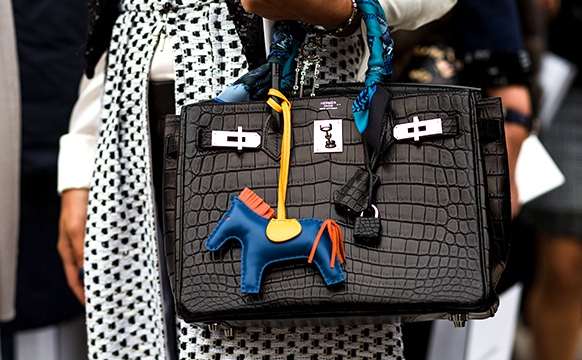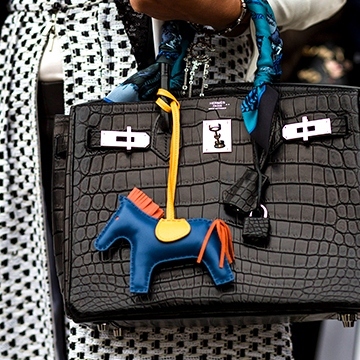Earth Day Alert: 4 Luxury Brands You Didn’t Know Were Sustainable
Words by Jody Hume |
4.22.17
Talk to any fashion insider and one of their biggest criticisms of the industry today will likely be its rapid pace. From pre-fall to spring and all the collections in between, trends and tastes change at full tilt while shoppers are constantly and enthusiastically encouraged to buy more, more often, to scoop up the latest looks as soon as they hit stores (which is also happening faster than ever).
There’s no denying that fashion is all about consumption just like there’s no denying that no one really needs a head-to-toe crystal bodysuit. Luxury has very little to do with necessity, which makes the move toward sustainability all the more surprising. In the past, many luxe companies have been tight-lipped about their efforts to go green, but with millennials demanding more from the businesses they patronize, a few brands are making a change to do their business in a more eco-conscious way. In the spirit of Earth Day, we’re breaking down what four of the luxury world’s top maisons are doing to embrace sustainability.
Louis Vuitton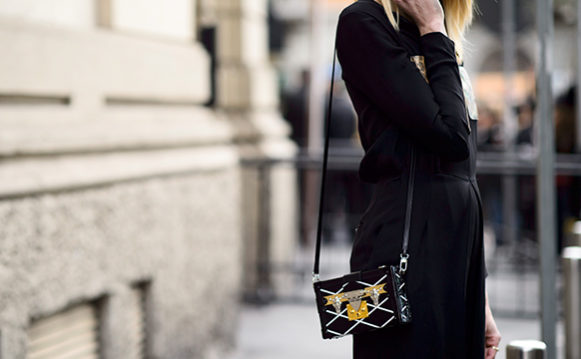
“Measure twice, cut once” is a well-known principle in carpentry, and one that Louis Vuitton has adopted in its own manufacturing. To preserve resources, the leather goods juggernaut is conservative with materials, continually optimizing its cutting processes to make sure that waste is kept to a minimum. 60% of Louis Vuitton’s leather scraps are recycled into building materials or used for flooring, while other textile scraps are donated to a workshop materials exchange or La Réserve des Arts, an organization that collects unwanted materials, values them and sells them to creative professionals. Through programs like these, LV helps mitigate its impact while supporting and investing in the next generation of designers.
Tiffany & Co.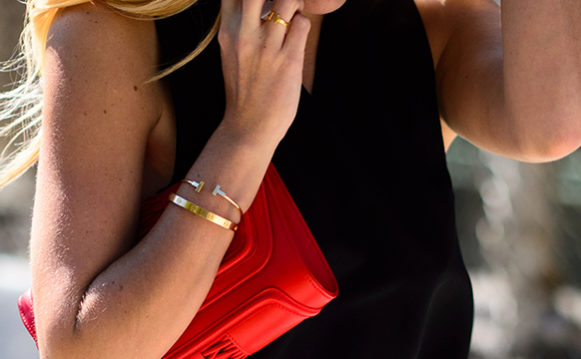
Diamonds may be a girl’s best friend but they’ve also had a troubled past. From water waste to inhumane working conditions, diamond and precious metal mining has had its fair share of ethics issues, but major jewelers are beginning to recognize their ability to do more. As an advocate for pristine landscapes, Tiffany & Co. awards grants to non-profits working to protect coral reefs and has pledged to preserve wild spaces like Yellowstone National Park and Alaska’s Bristol Bay — two beloved wilderness regions that sit dangerously close to proposed gold and copper mines. The jeweler controls every aspect of its supply chain, sourcing diamonds exclusively from known mines located in countries that are full participants in the Kimberly Process Certification Scheme, an organization which prevents conflict diamonds from entering the market.
Gucci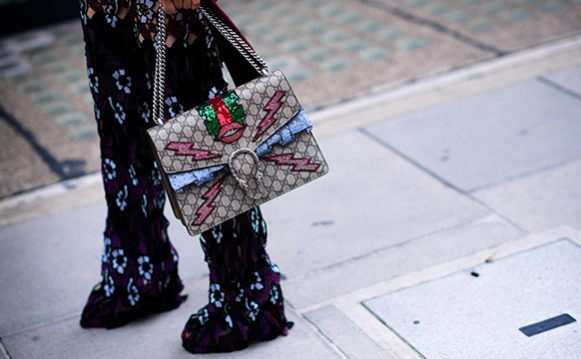
From an eco-friendly shoe collection to biodegradable sunglasses, Gucci has long been at the forefront of innovation in sustainable luxury textiles. A few years back, the company made the move from GG Plus, made from non-biodegradable PVC, to GG Supreme, a more environmentally friendly polyurethane material commonly seen on the beloved Dionysus handbag. Most recently, with its spring 2017 menswear collection, Gucci became the first luxury retailer to use ECONYL, a nylon fabric made from found waste like abandoned fishing net and industrial plastic. Meanwhile, its parent company, Kering, has developed a tool to quantify the environmental impact of every aspect of its business from the greenhouse gases emitted from its warehouses and stores to the amount of land used to produce raw materials like wool. While its current numbers are far from perfect, Kering has set a goal to reduce its environmental footprint by 40% and carbon emissions by 50% by 2025.
Hermès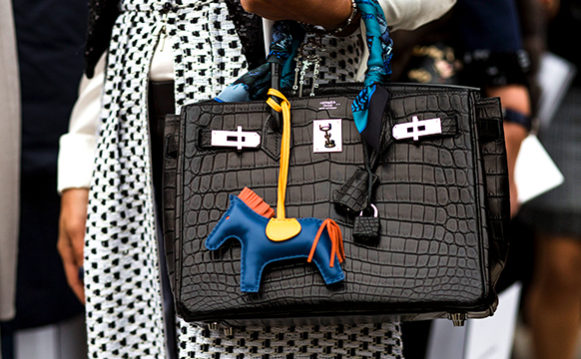
If the house of Hermès represents the height of Parisian refinement, its petit h offshoot is all about enchantment and whimsy. The brainchild of Pascale Mussard, Thierry Hermès’ great-great-great-granddaughter, the workshop is “a studio for doodlers and dreamers,” where scrap materials are upcycled into playful products as luxurious as the iconic handbags they were cut from. In the petit h atelier, artisans and designers repurpose materials like exotic skins with irregular scales and minutely flawed crystal to create ornaments, jewelry, cup holders and even whole new handbags which are showcased in month-long sales on the Hermès site and select boutiques. Petit h celebrates the creativity of trained craftsmen while bringing beauty and delight to the luxury world in an original way, which when you think about it, is what Hermès (and all heritage brands, really) has stood for all along. And if it helps the environment in the process? Even better.
